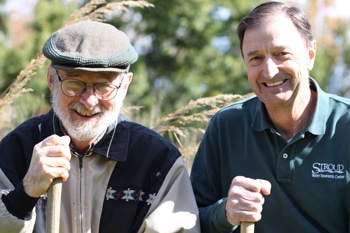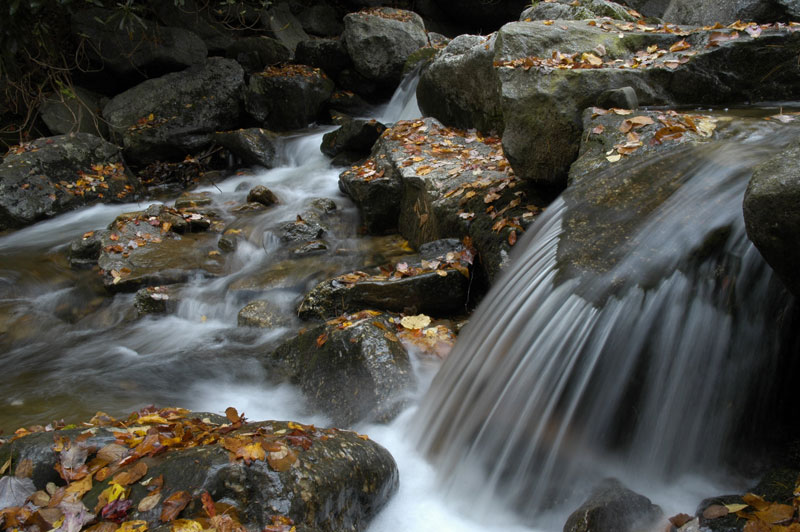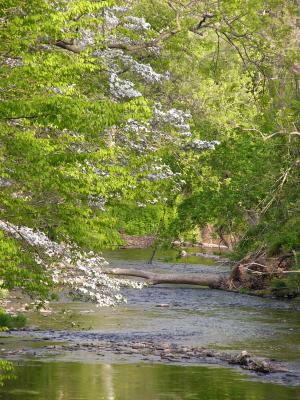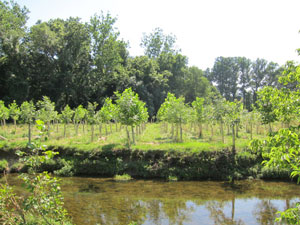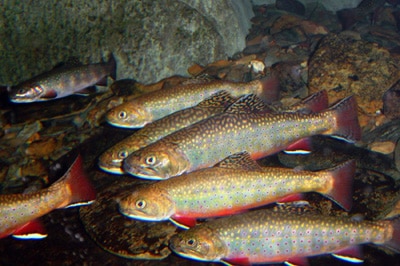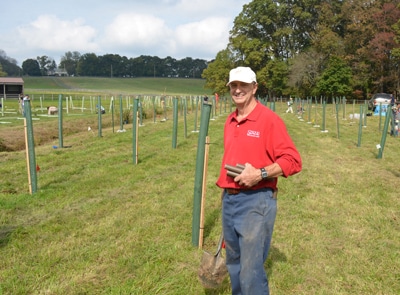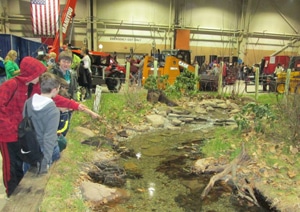Study: 100-Foot Wide Forest Keeps Streams Healthy
https://stroudcenter.org/wp-content/uploads/2017/04/newbold-and-sweeney.jpg 350 233 Stroud Water Research Center Stroud Water Research Center https://stroudcenter.org/wp-content/uploads/2017/04/newbold-and-sweeney.jpgNew literature review shows streamside forest buffers should be at least 100 feet wide on each side to protect freshwater ecosystems from human activities.

